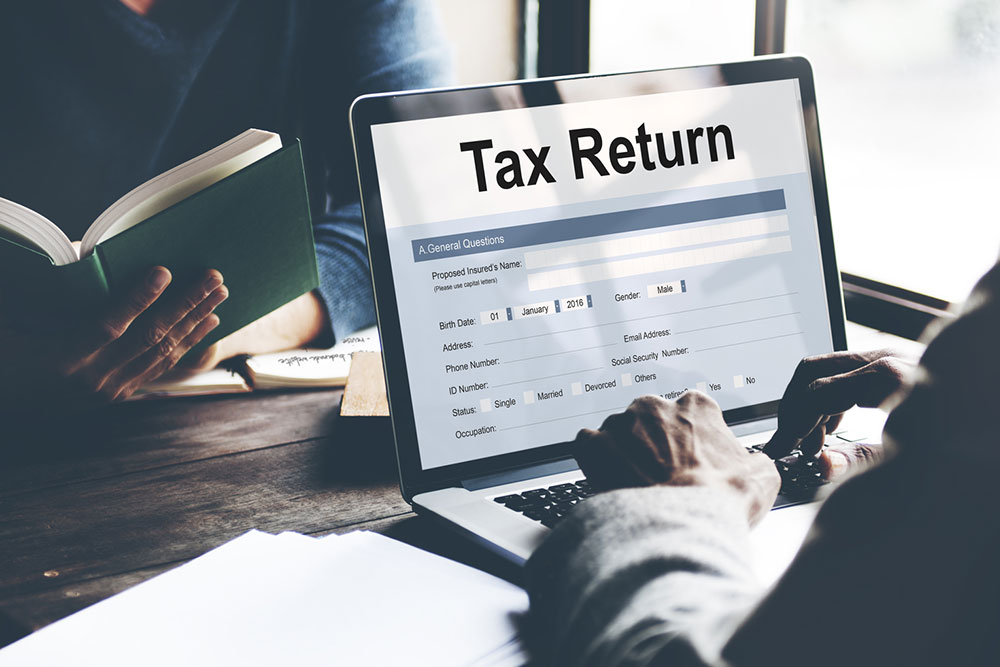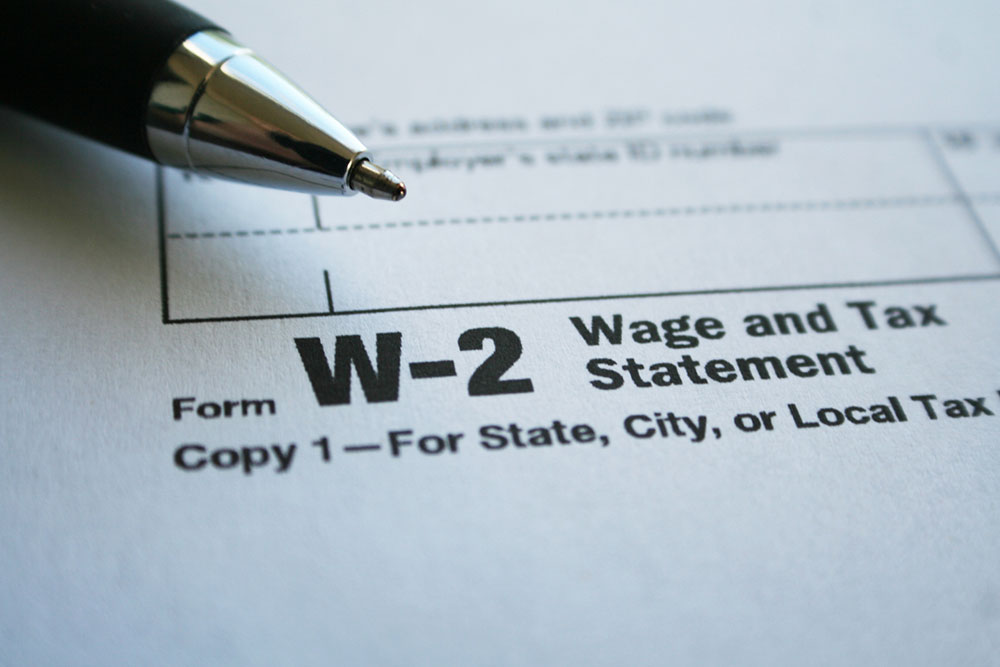Comprehensive Guide to W-2 Tax Form: Essential Information for Employees
This comprehensive guide explains the importance, contents, and proper handling of the W-2 tax form for employees. It highlights employer responsibilities, how to ensure accuracy, and the significance of timely submission for successful tax filing. Whether you’re a salaried employee or new to tax filing, understanding your W-2 can streamline your process and help avoid penalties. Learn how to access your form electronically, verify your data, and prepare for tax season confidently. Staying informed about W-2 essentials is key to compliant and error-free tax reporting every year.

Comprehensive Guide to W-2 Tax Form: Essential Information for Employees
The W-2 tax form is an indispensable document for employees during the annual tax filing process. It provides a detailed summary of your earnings and the taxes withheld throughout the year, making it an essential component for accurately submitting your federal and state tax returns. Understanding the intricacies of the W-2 form can help you ensure your tax submissions are correct, avoid penalties, and maximize your refund potential.
Employers are legally required to prepare and send out W-2 forms to their employees by January 31 every year. The form encapsulates critical financial information such as total wages earned, tips received (if applicable), and the total amounts withheld for Social Security, Medicare, and federal and state income taxes. This data is necessary for IRS audits and for you to verify that your employer has reported your income accurately. The importance of timely and accurate W-2 forms cannot be overstated, as they serve as proof of income for loan applications, housing rentals, and other financial activities.
Traditionally, W-2 forms were submitted via physical mail, but most employers now utilize electronic filing systems, providing employees with quick and secure access to their forms online. Electronic filing reduces errors, speeds up the process, and provides a convenient way for employees to review their income data well before tax deadlines. It’s important to note that this form applies primarily to employees earning wages or salaries, explicitly excluding independent contractors or self-employed individuals, who are assigned separate tax forms like the 1099 series.
The W-2 includes key identifying information such as the employer’s identification number (EIN), your full name, Social Security number, and address. The form also summarizes other earnings like bonuses, commissions, and taxable fringe benefits. Accurate reporting of your personal information—including your name and Social Security number—is critical for proper tax processing. Mistakes in these details can lead to delays or misattribution of your income, which may result in audit complications or penalties for your employer if errors are identified.
Employers bear a legal obligation to ensure the accuracy of the information reported on the W-2 form. If errors are discovered after distribution, they must correct and reissue the form promptly. Employees should carefully review their W-2 upon receipt to confirm all data is accurate. In case of discrepancies, you should notify your employer immediately for correction. When it’s time to file your tax return, the W-2 form functions as a key document that confirms your reported income and the taxes already paid. Whether filing electronically or via mail, attaching your W-2 is necessary for a successful submission and to reconcile the income reported by your employer with your personal tax return.
In summary, understanding the W-2 tax form is essential for all employees aiming to navigate the tax season smoothly. This form consolidates your income, tax withholdings, and other pertinent data, ensuring legal compliance and facilitating accurate tax payment. Staying informed about how to access, review, and properly report your W-2 can save you time, prevent errors, and help maximize your tax benefits each year. With proper knowledge and vigilance, you can simplify your tax process and avoid unnecessary complications.





